At first glance, usually from a car, it might seem like an anonymous stretch of executive commuter belt, but there’s more to historic Arkley than meets the eye.
Arkley has always been a ribbon development along Barnet Road running between Galley Lane and Barnet Gate, north of the Dollis Valley. Up until the 20th century, Arkley was a much more defined village. There was a post-office, store and tea-room, as well as the church and pubs we are still familiar with (although their names have changed over the years).
There has been a settlement at Arkley since the 10th century and like most other Medieval settlements (such as Barnet and Hadley) is located on a gravel-topped ridge above the heavier London clay. Barnet Gate, originally known as Grendelsgate after the monster in Beowulf, is at the junction Barnet Road and Hendon Wood Lane which may well have been a Roman road, but was certainly an old drovers’ road. It is also located on two historic boundaries (Barnet and Hendon and Hertfordshire and Middlesex), hence “Gate”. It became an important settlement with manorial courts sitting here in the 13th century. Interestingly Rowley, is mentioned in the 1005 boundary description and often appears as place name instead of Arkley in historical records and maps (even as recently as 1822). The word Rowley, like Hadley, refers to “woodland clearing”. Rowley is a rough birch clearing and Hadley is a heath clearing. Arkley’s name could refer to “arks”, closed baskets made from reeds being made in the area.
The area was known for its pottery and its brickworks. At Dyke Cottage, a 12th century kiln was discovered and on a 17th century map of Barnet Common “brick kiln, Mr Duck’s” is shown to the west of Rowley Green Road (Brickfield Lane is a turning off Barnet Lane and location of Arkley Village Hall and sportsground). There were also tile works and the windmill dating from 1806 which is still standing.
By the 19th century the hub of the village was on the main road near Glebe Lane and the current church was built in 1840. In the early 20th century Arkley had a Working Men’s Club, the village Music Society was described as “flourishing” and the Arkley Villagers’ Golf Club was created in 1909. Initially land was leased from Lord Strafford of Wrotham Park to use with part of Arkley Common next to Rowley Green. In time more land was formally leased from Lord Strafford and the common land returned to public use and is now a six-hectare wooded nature reserve with pools formed by earlier gravel works.
During the Second World War, with a decent altitude of 440 feet above sea level, Arkley played an important but highly discreet role as several houses were requisitioned by the Radio Security Service to support the code-breaking taking place at Bletchley Park. Centred on a now demolished large house, Arkley View (pictured below), which was joined by The Granary, Arkley Lodge, The Lawns and Ravenscroft at Ravenscroft Park, 21 officers led a team of 34 amateurs including historian Hugh Trevor-Roper transcribed messages which were dispatched four times a day to Bletchley by motorbike. By the end of the war they were sending strategic messages to mislead the Germans about the D-D Landings.
Arkley has grown dramatically since the beginning of the 20th century when the parish population was less than 500. In 1931 it was just less than 2000 and by 1951 it was 7,500. The cottages dotted around in Barnet Gate Lane, Barnet Lane and the Hadley Highstone-like Glebe Lane give an indication of how it used to be, but modern “executive” houses have gradually replaced the Victorian and Edwardian villas. In recent years many properties have been redeveloped as Arkley is not classed as a conservation area in the same way as Hadley Highstone and Monken Hadley, although it is strictly defined by the Green Belt, but look through the trees on Rowley Lane and you’ll spot some earlier homes. However, with its proximity to Barnet and key transport links and wide views of surrounding countryside and across London, it has become a desirable suburb of London. Notable residents have included film star Trevor Howard and comedian Norman Wisdom (Elstree Studios are down the road), musician and broadcaster Humphrey Lyttelton and DJ Tony Blackburn. Local Premier League training grounds make it an attractive choice for footballers (like Hadley Wood) and there are various pop stars. Plenty of space for those precious performance cars.
Courtesy of Barnet Museum, here are some historic images of Arkley and detailed maps of the area from 1754 and the mid 19th century (showing The Gate pub as The Old Bell).
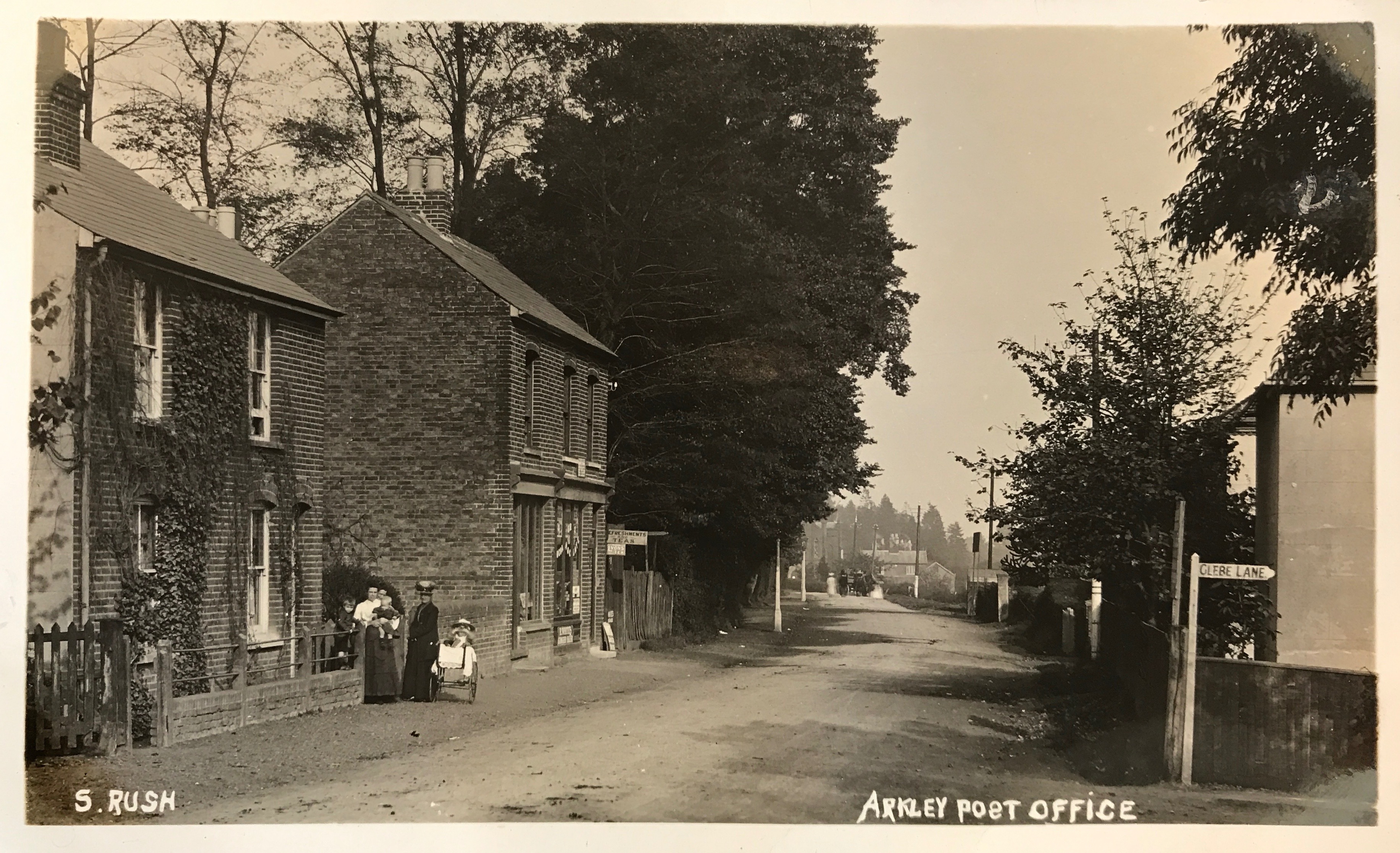
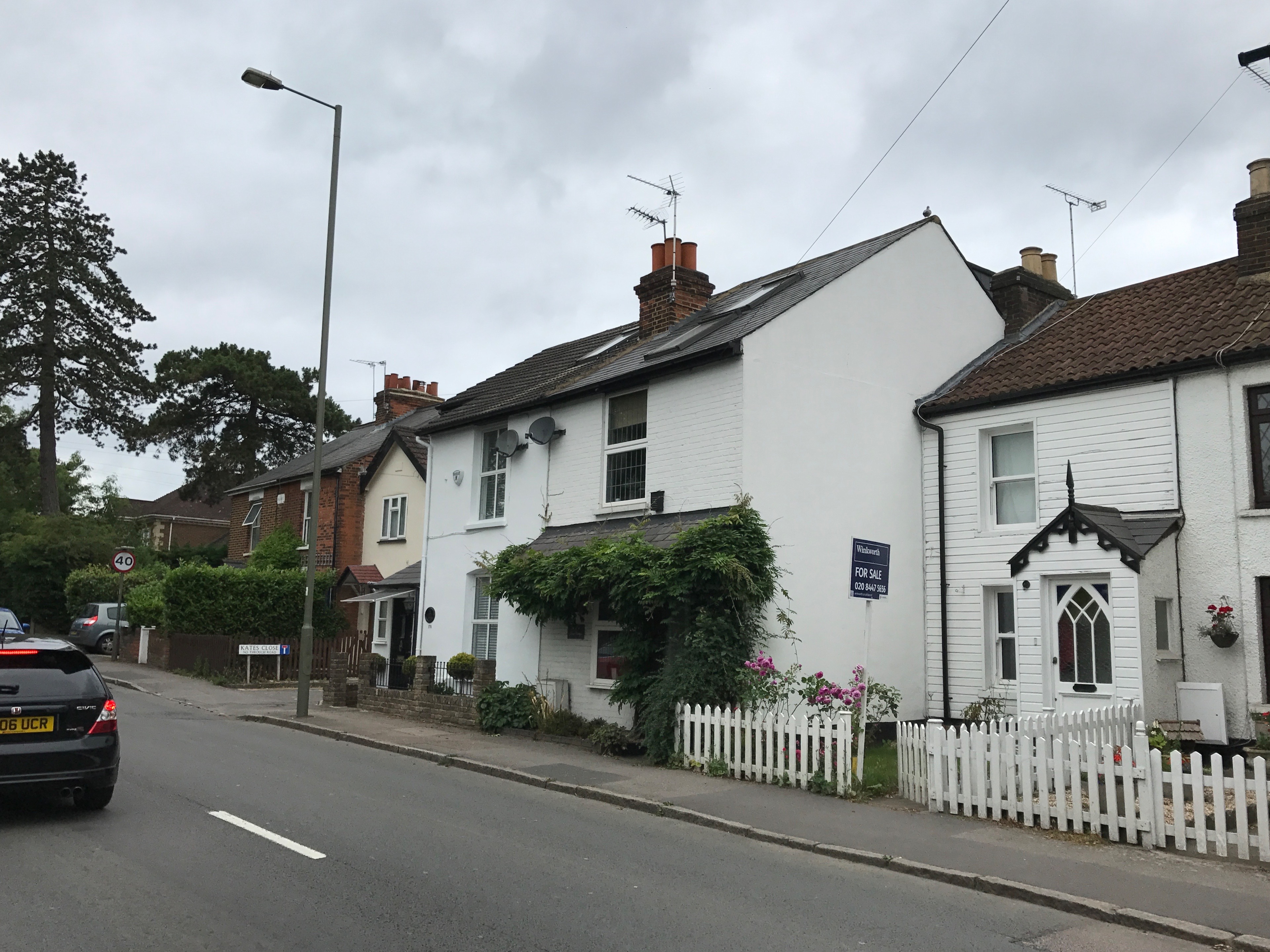
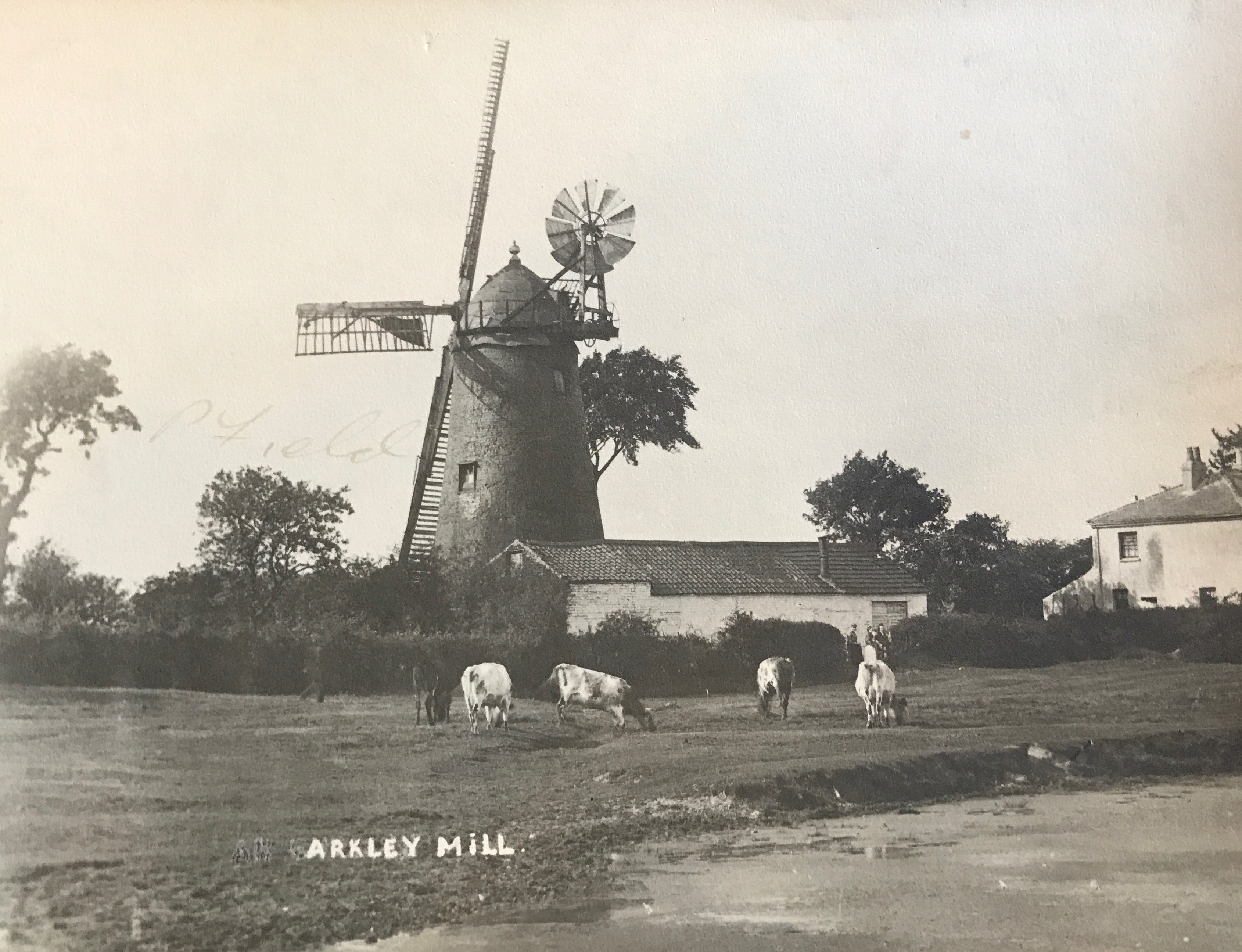
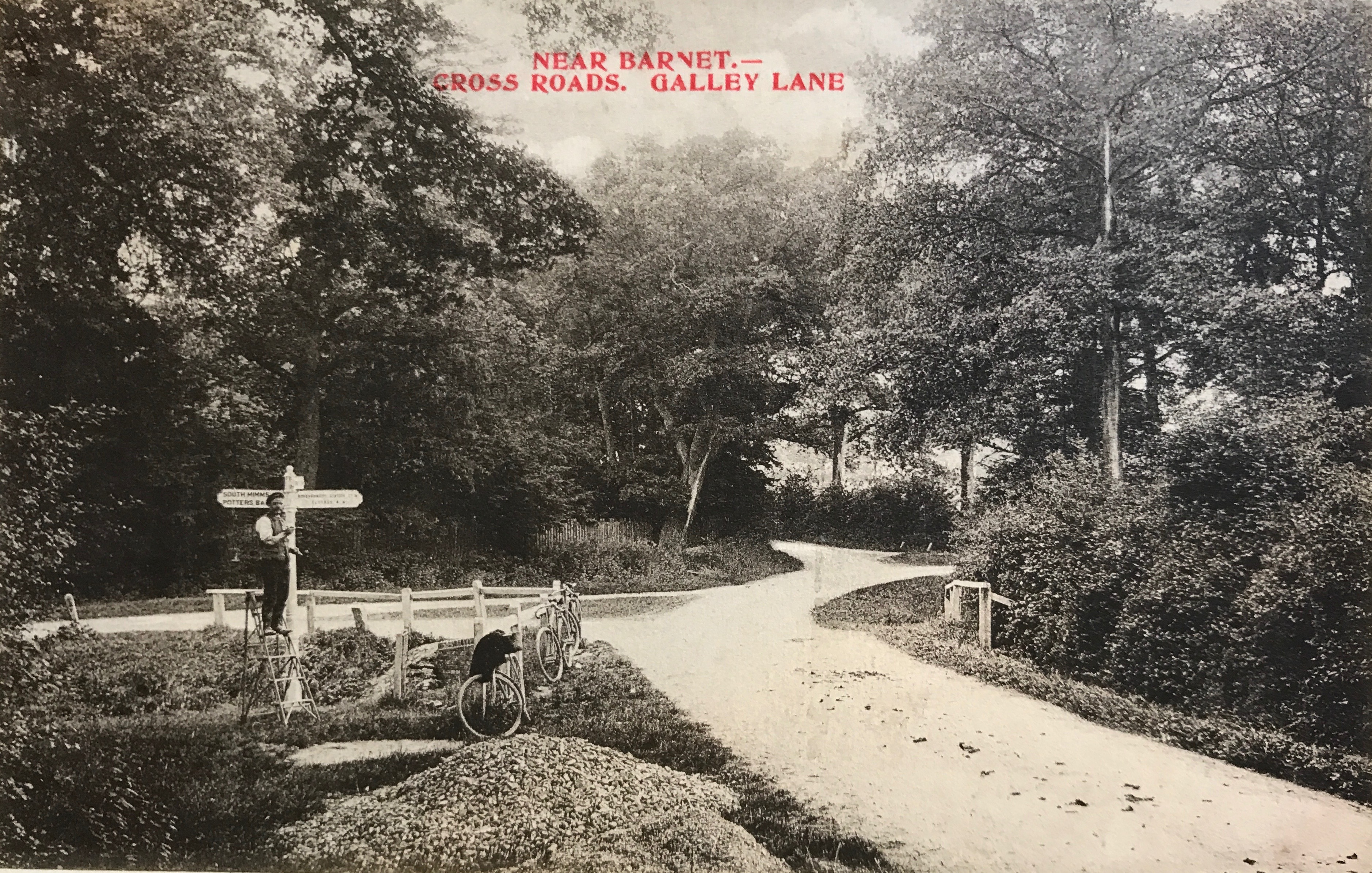
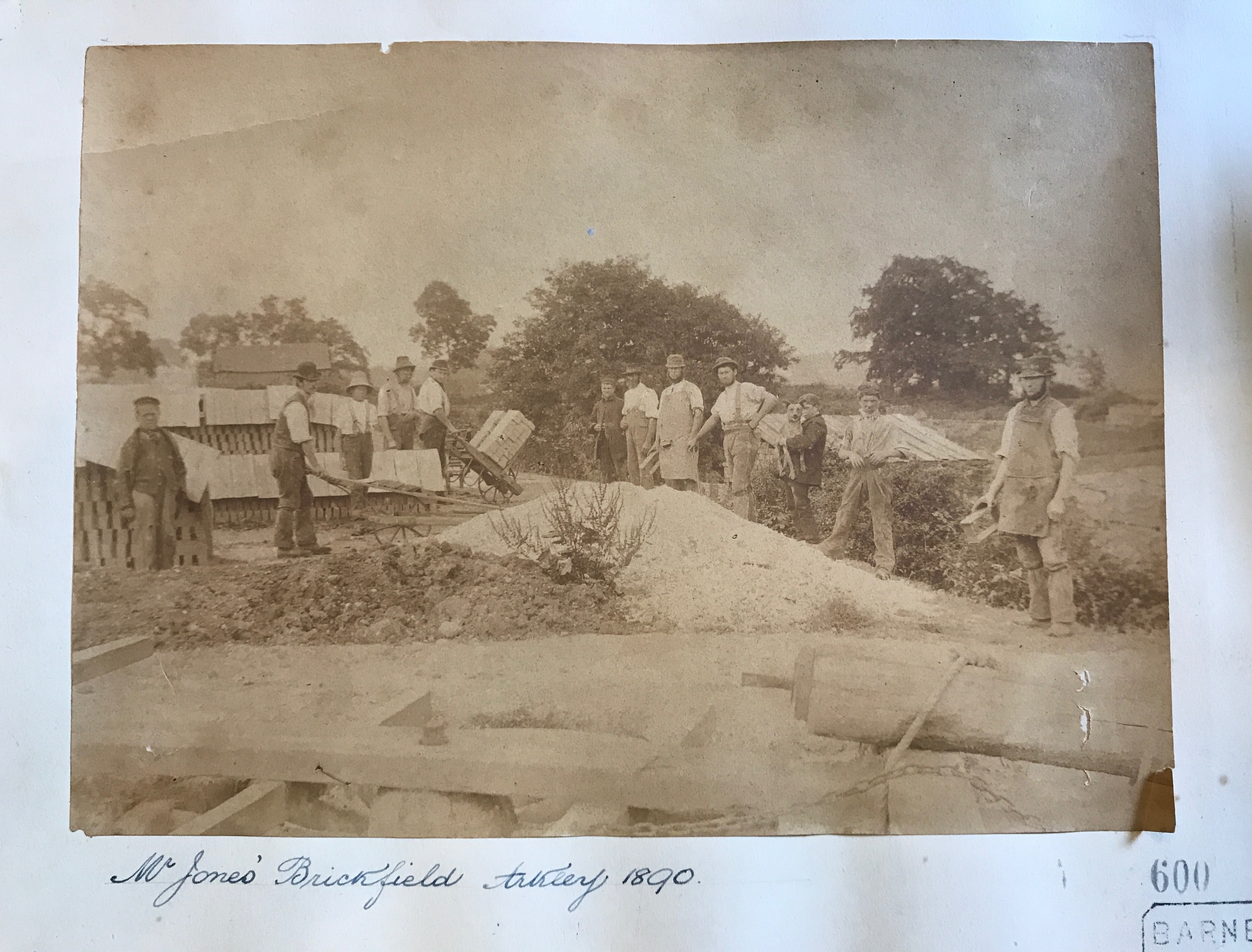
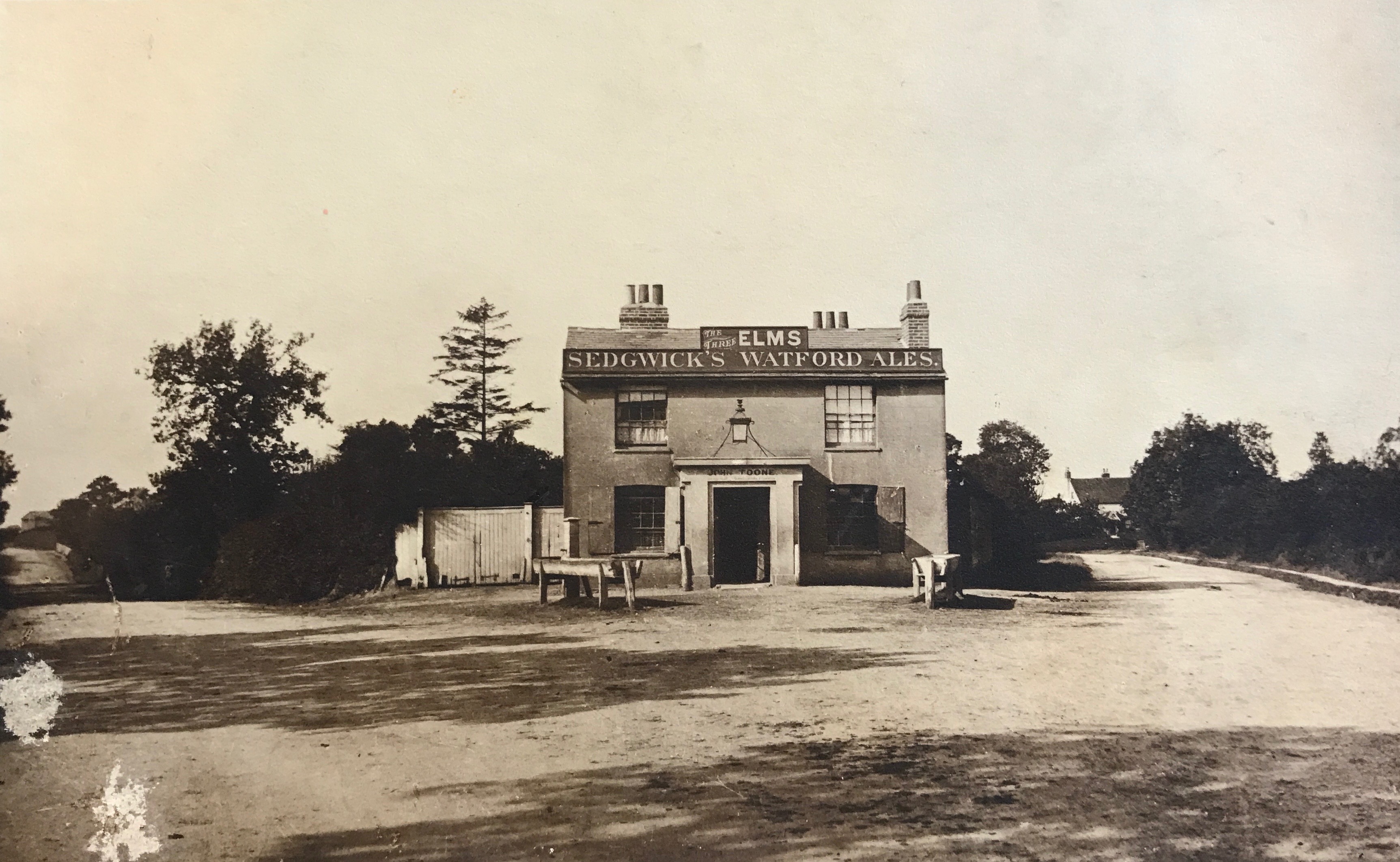
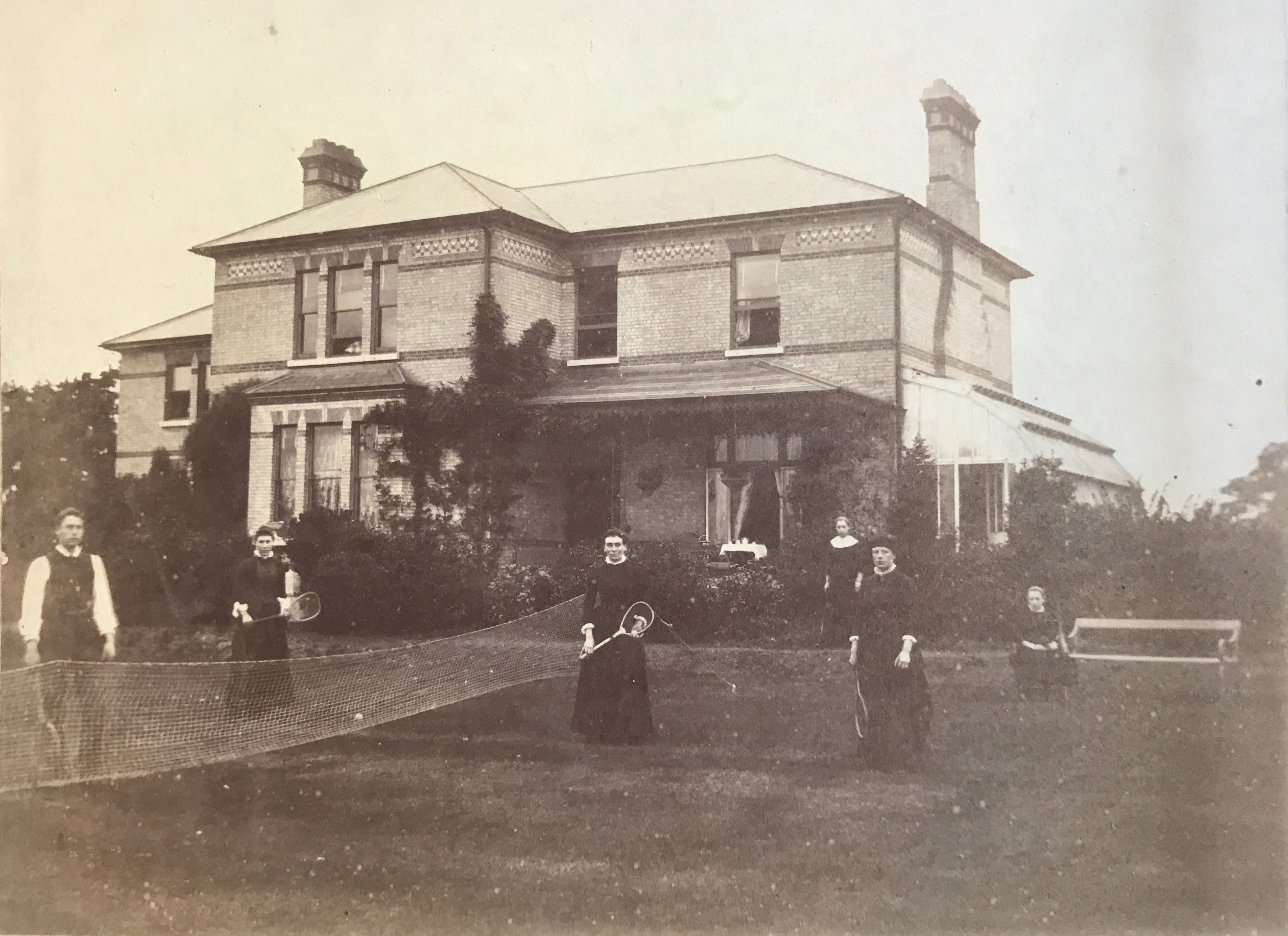
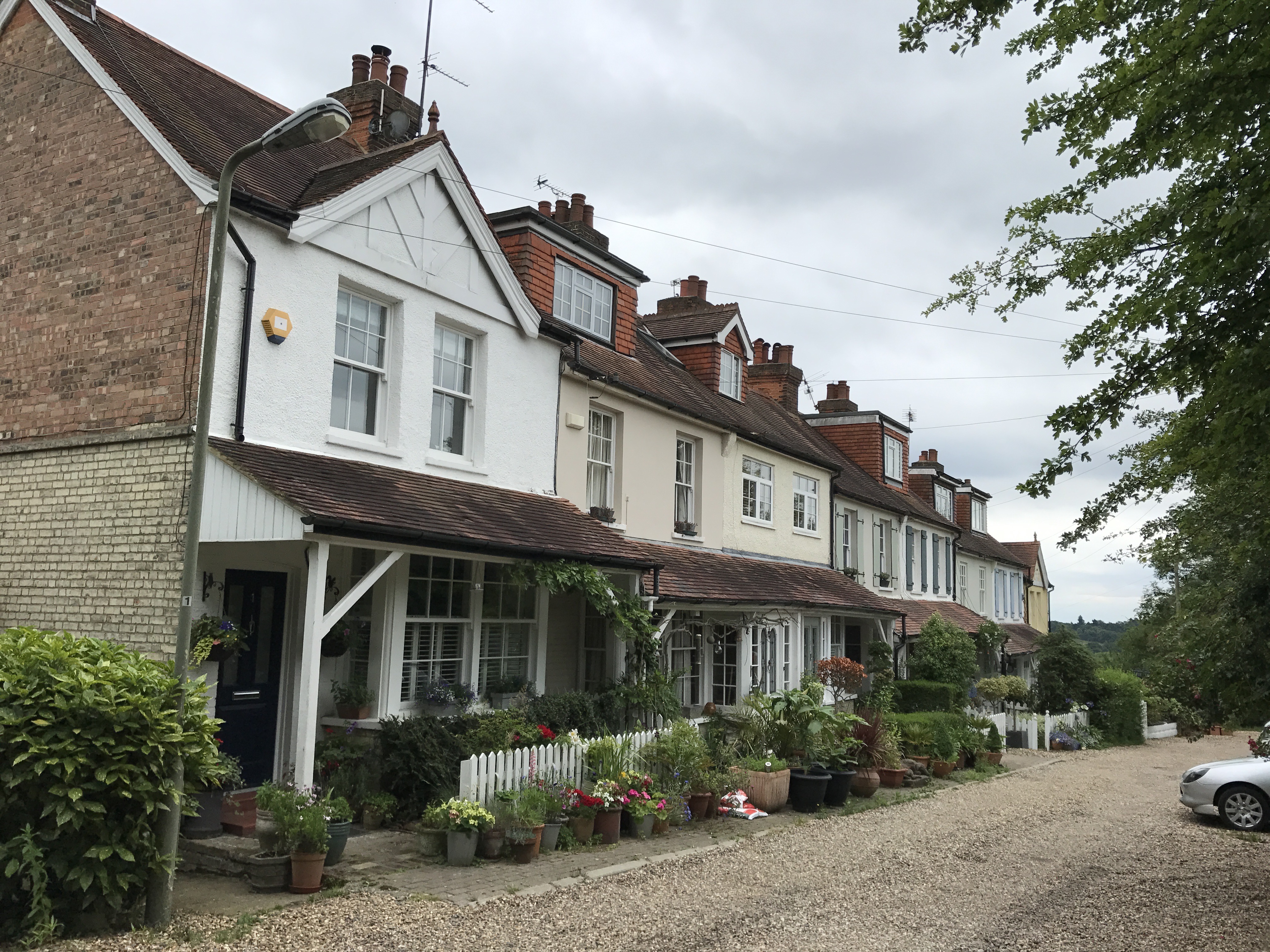
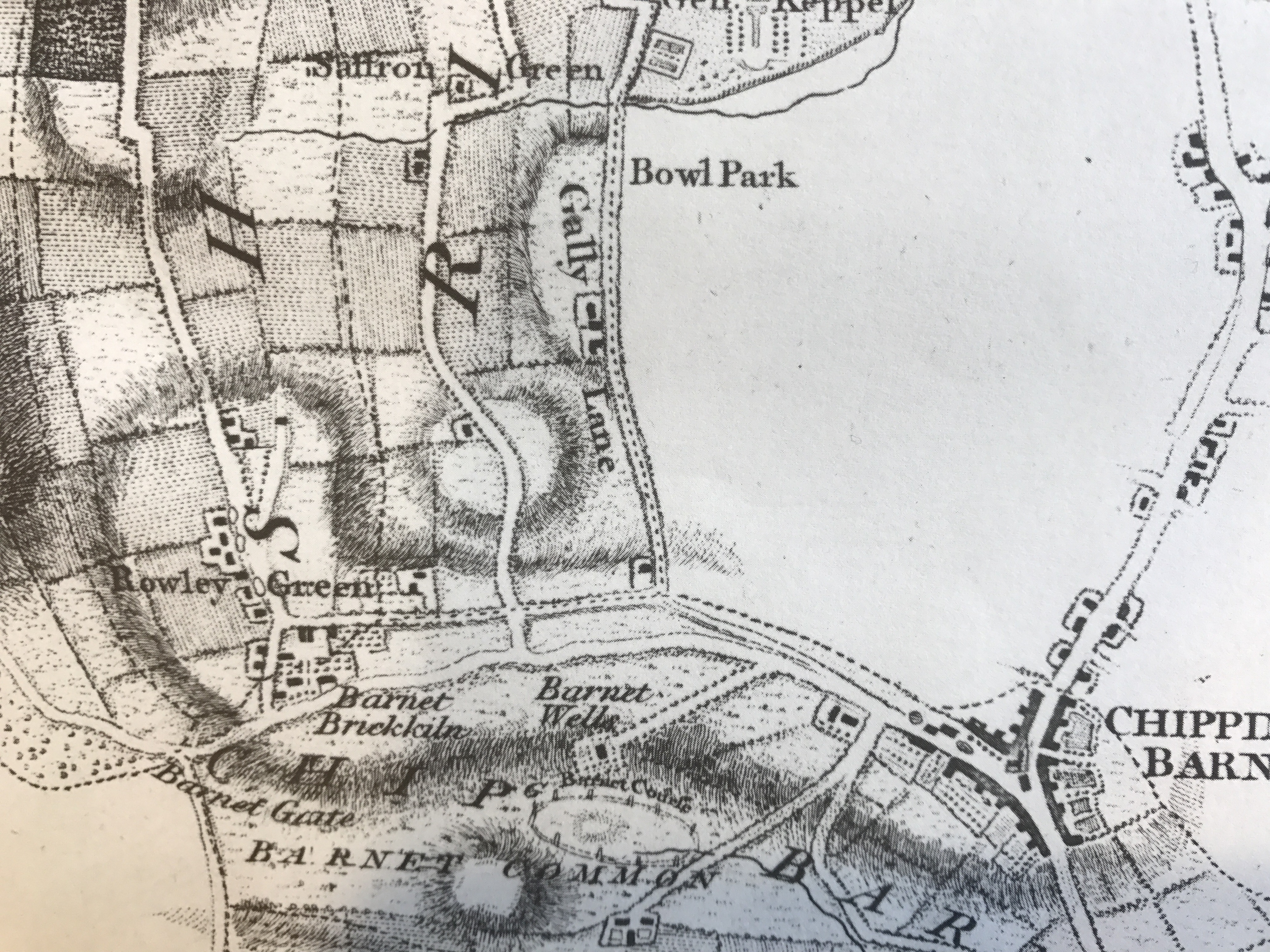
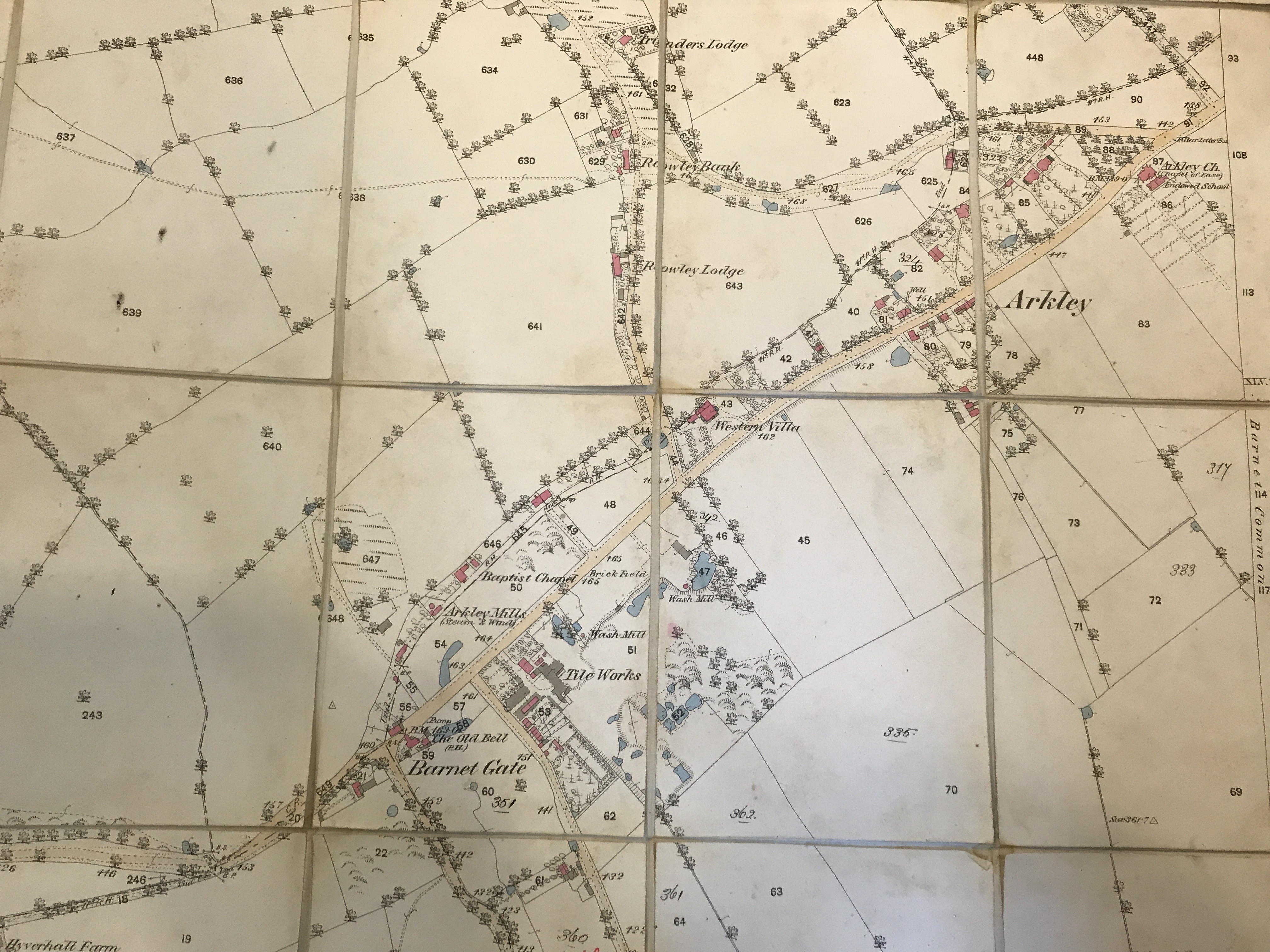

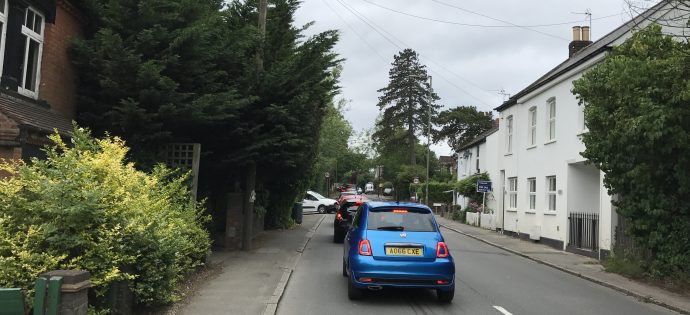
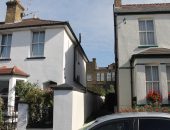
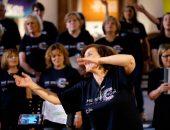
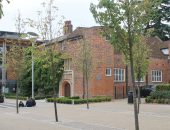
Excellent! Interesting article, thank you.
Showed the pictures to my son – he wrinkled his brow and said ‘what.?’ !!!
Thank you Rhona. I find our local history almost endlessly fascinating.
Just found your post very interesting. I was born in Arkley and lived both at a bungalow called The Den and later at Arkley Garage in Willow Lodge. The garage and the house are now separate properties but when My father owned Arkley Garage, they were all one plot. At one time there was a forge on the grounds too, which was run by my uncle who was a blacksmith and who did engineering too with a fully equipped machine shop. My grandfather at one time owned Meadow Bank, a large house that was occupied by the army during WWII and which was in a very sorry state when it was relinquished back to him after the war. The adjacent cottage is still there, but Meadow Bank is now a housing estate. He lived at Arkley Rise Cottage and our great friends the Mannings lived in Arkley Rise next door, which is also now a housing estate. The house called Willow Lodge was built on the site of an older building that was originally a small pub, but it was demolished under orders from Barnet council around 1953 and we had to build the existing house on the same site. Nowadays I imagine a preservation order would have been placed on a 200 year old building, but things were different then.
Thank you for getting in touch Peter and for your fascinating comments. It’s a very interesting place.
Hi Peter,
This is all very interesting. I live in Arkley Rise Cottage now and spent 10 years trying to stop developers from pulling down Arkley Rise and Far End and building the current estate. Arkley Rise was a beautiful old house with extensive gardens and Far End had an amazing original Art Deco bathroom. I tried to get Arkley Rise listed but without success.
I find your information about Meadow Banks fascinating too because I am researching about the RSS who were based in Arkley in WW2 (although I’m sorry to hear they left your grandfather’s house in such a mess when they left). I had a visit from someone who was stationed here and was billeted at Rowley Lodge, Oaklands and Meadow Banks.
It would be interesting to make contact with you as I am researching the history of the RSS and its connection to my house.
I am trying to Locate/find information about a Betty Finch who lived or worked in “The Arbour” Barnet Gate Lane. She was 23 in 1944 which will give her birth year 1921 ish. Does anyone know anything?
Please contact me Trish, email moranp6060@gmail.com.
Many thanks
Hello,
I’m just doing a bit of ancestral research! Was there a catholic nursing home called Arkley Lawn in Barnet in the 1960s and 1970’s. I know there’s an NHS recently built care home but I’m just trying to go back a bit further.
Many thanks,
Mark.
FAO Mark Brewer
It wasn’t a catholic nursing home but it was a nursing home of sorts….bought by my family (Reynolds/Lamsley) between the Wars; wrecked by the Signals Regt in WWII, and run by us as a private nursing home in the 1950s.. Is that the period you are researching? contact me at ricmeredith@gmail.com all best
I am trying to find a picture of Arkley Hall or any reference to the Wilson Family who lived there in the 1930’s. Can anyone help??
Thanks Paul.
Interesting article. My Dad owned Arkley Rise and lived there with his first wife up to the mid 1960s. He put in the swimming pool himself, always said it was an accomplishment for an eye surgeon. Sadly we have no documents or images, as it was all left along with the house when he separated. Other fellow doctors and friends lived nearby too, I recall the wonderful Christmas parties at Monkenhurst with the lovely Steve and Peggy Carstairs.
Great memories – thank you so much for sharing them.
I was very interested to read this and see the photos. have a painting of the house my grandparents lived in both before and after WW2 until 1954 when my grandmother died and my grandfather moved to Whitstable to share a house with his sister. The house they rented at Arkley was called Brow Top and in Barnet Gate Lane. I guess it’s one of those since demolished to make way for newer developments.
Thanks for getting in touch Noelle and I’m glad you enjoyed the piece. With best wishes, Lucy.